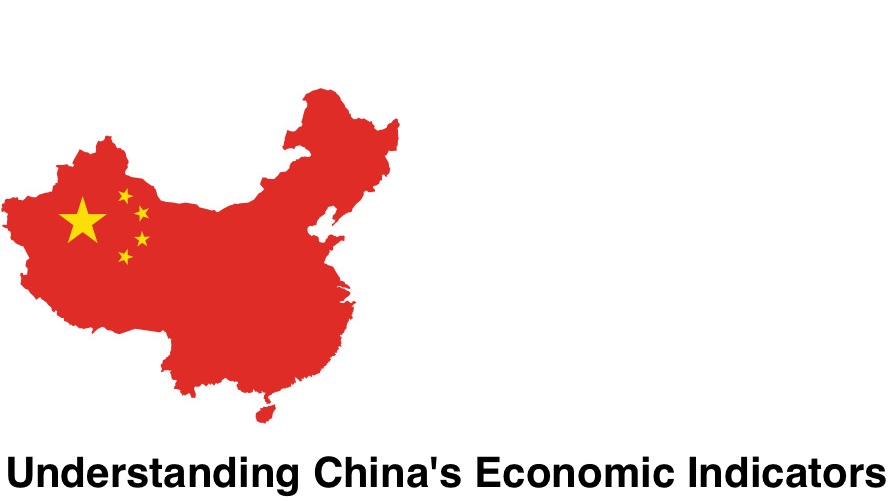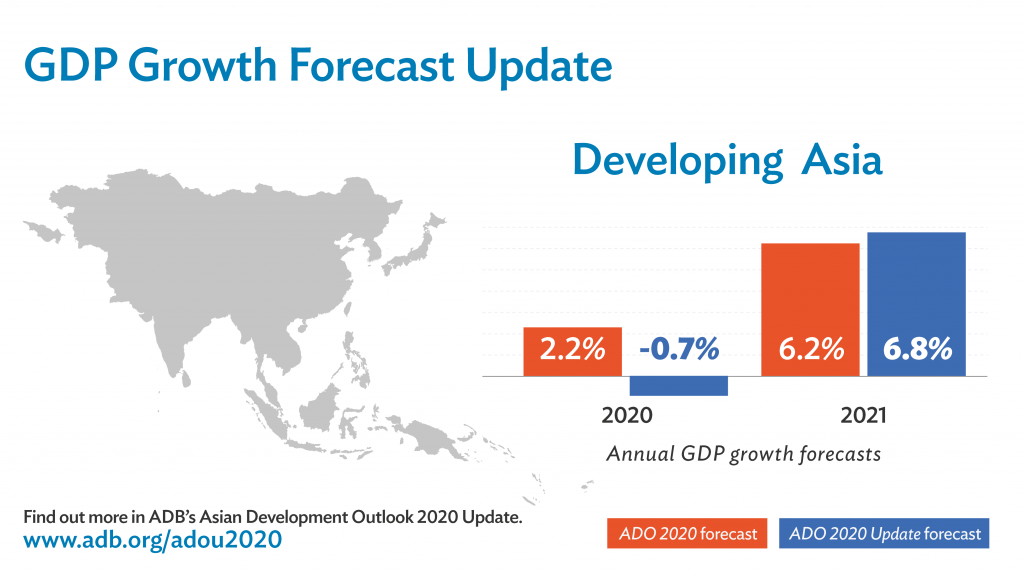 The Thing about the Data
The Thing about the Data GDP
GDP GDP – the Asian Crisis and the 1998 Controversy
GDP – the Asian Crisis and the 1998 Controversy Freight Transport
Freight Transport Consumer Price Index (Inflation)
Consumer Price Index (Inflation) Balance of Payments
Balance of Payments Purchasing Manager's Index
Purchasing Manager's Index Foreign Currency Reserve Estimates
Foreign Currency Reserve Estimates Understanding China's Demographics
Understanding China's Demographics Understanding China's Real Estate Market
Understanding China's Real Estate Market Why China's Unemployment Figures Don't Add up
Why China's Unemployment Figures Don't Add up Understanding the Consumer Price Index
Understanding the Consumer Price Index Understanding China's Bond Market
Understanding China's Bond Market How SOE Re-structuring put the CPC in charge
How SOE Re-structuring put the CPC in charge Fixed Asset Investment
Fixed Asset Investment Markit Purchasing Managers Index
Markit Purchasing Managers Index Understanding Fiscal Revenue and Expenditure
Understanding Fiscal Revenue and Expenditure Industrial Value Added – How its calculated and why its important
Industrial Value Added – How its calculated and why its important Understanding China's Economic Geography
Understanding China's Economic Geography Understanding China's 3 Major Economic Hubs
Understanding China's 3 Major Economic Hubs Yangtze River Delta
Yangtze River Delta The Pearl River Delta (PRD)
The Pearl River Delta (PRD) Bohai Bay
Bohai Bay The Northwest
The Northwest China's Third Coast (the Yangtze)
China's Third Coast (the Yangtze) Central China
Central China The Southwest
The Southwest





